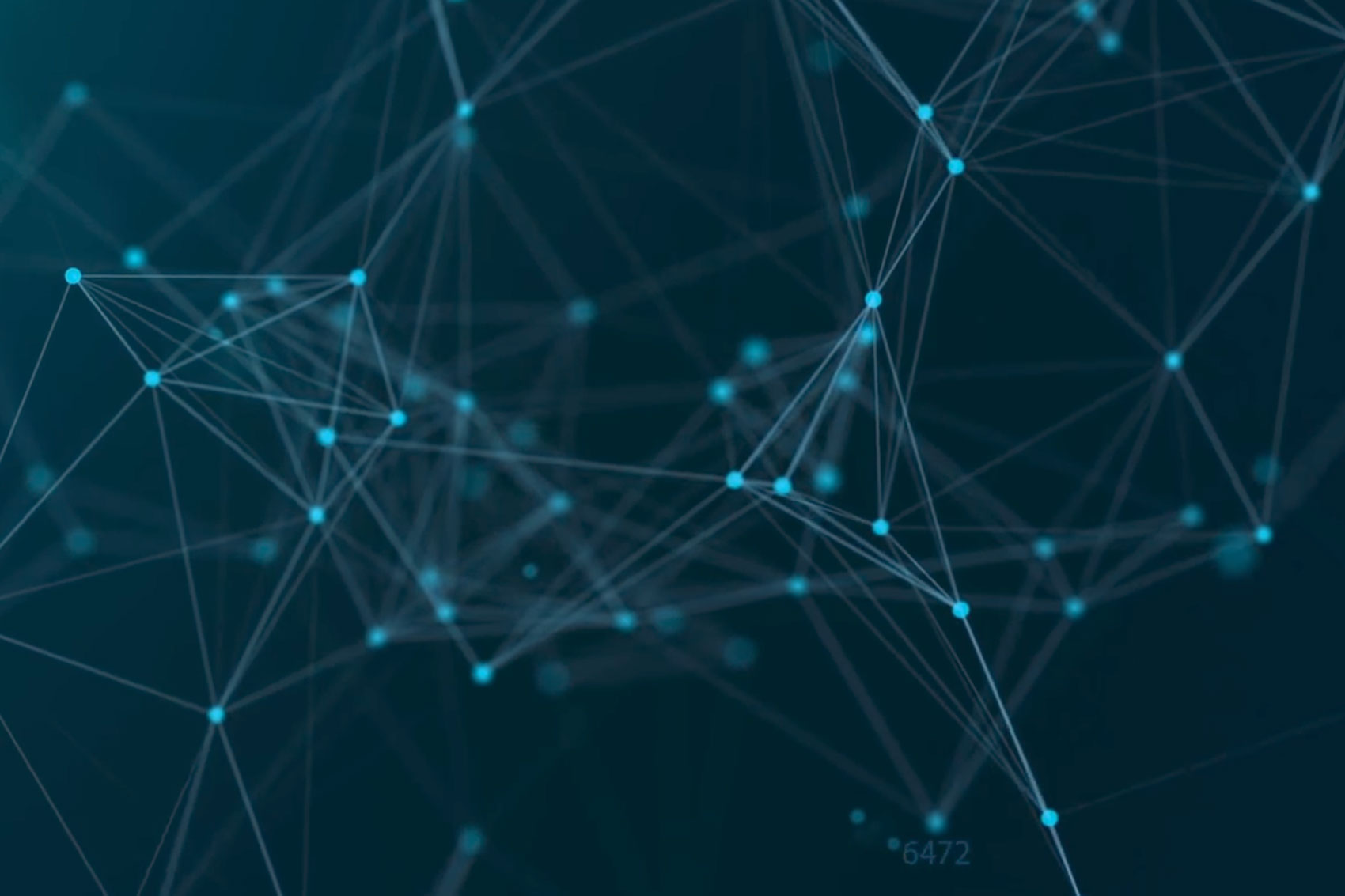Adopting a Proactive Computer Repair Approach
Computer repair is not as shrouded in mystery as most people think. The truth of the matter is that you can avoid costly trips to the repair shop by adopting a proactive computer maintenance approach. This approach will save you money at the repair shop as well as help protect you from cyber criminals trying to clear out your bank accounts.
A solid proactive approach entails the following:
- Understanding malware and how it works.
- Using your antivirus and Antimalware software in a way that protects you, your computer, and your data.
- Adopting safe computing habits.
- Keeping Windows and 3rd party software up to date.
We will discuss all of these topics in future articles. For right now let’s focus on expanding your knowledge of malware and viruses so you can understand what they are and how combatting them will reduce your need for computer repair.
Most often we perceive a need for computer repair when symptoms caused by viruses and malware become evident. Viruses and malware are designed to compromise the security of your computer so that hackers can see what you type, have access to your files, gain access to other computers, they may even use your computer to perform illegal activities to hide their own identities. They do these things hoping to steal your money, or information about you that they can sell for profit such as your social security number.
Most generally the terms malware and viruses are used interchangeably. However, there is an important distinction between the two. For malware to be considered a computer virus it must have the ability to replicate itself to other computers. Because of this, not all malware is a virus, but all viruses can be considered malware.
Malware gets on your computer in several different ways. Infected links in emails and on webpages continue to be very effective methods of infection. “Drive by” installations are a popular method of malware attack. This method does not require any interaction on the part of the user other than surfing to an infected webpage. As the webpage builds in your browser the malware is released on your system. Malicious downloads are also a prime source of infection. Downloading such utilities such as a screen saver or game can infect your pc. Downloading music, videos, or pictures from the web, even viewing videos on YouTube can cause infections. Hackers ever watchful of our behaviors have even targeted Facebook as an attack vector of choice.
There are over a million different types of malware and viruses. Viruses and malware are controlled by specialized servers on the internet called C&C (Command and Control) servers. These C&C servers instruct the virus what to do. Here is an example of how malware may use a C&C server: The malware gets installed and established on your computer. It calls out to its C&C server for instructions of what to do next. Most generally the first set of instructions contains tasks designed to escape detection. The malware will use the instructions (specialized code) to turn off the ability of your Antivirus and Antimalware software to download definitions to stay current. It may also shut down windows security center and windows firewall in the process. Once complete the malware calls back out to the C&C server to let it know the task is complete. Now your computer security has been compromised. The C&C server may send back down instructions to download other malware such as a key logger. Because your security software has been disabled the malware can do what it needs to establish communications.
Because the door has been left wide open, your computer will accumulate more and more malware over time. You will start to notice little quirks that might hint it is time for a trip to the computer repair shop. The following list is of the most common complaints we see in the computer repair shop and how malware might cause this behavior:
Keystrokes lagging when typing-this can be caused by key logger software which is designed to watch what you type in the hopes of compromising your accounts by getting your passwords. Key loggers bypass encryption when typing in your passwords by reading the raw data coming off of the keyboard, not the output to the screen. The time it takes to record and analyze the data coming off of the keyboard causes the delay
Loss of internet connection– Many types of malware add proxy server settings to your web browser. This may be the address of the C&C server so it can use your browser for its own purposes, or it may just be a random address leading to nowhere so you are not able to download antimalware or antivirus software. If you are able to connect through an alternative browser or if you are still able to update your antivirus/antimalware software it is a good sign that a proxy server has been added to your primary browser.
Display issues– Some display issues are caused by malware. Malware may take over memory assigned to the graphics processor, or simply have corrupted your graphics drivers.
Slow internet/computer– Internet slowness can be caused by several malware related issues. The first is that you may be a part of a botnet. Your computer may be sending out thousands of emails without your knowledge of this occurring. This clogs up your internet connection with additional traffic. There may be several viruses that are all calling out to their C&C Servers simultaneously causing additional bandwidth drain as well. Your computer will certainly slow down during all of this because of the extra demands on your computers processor(s).
Hangs, freezes and program crashes-Again, these can all be caused by your software fighting it out with malware for system resources. Malware requires processor time and bandwidth to do its thing. This takes that processor time and bandwidth away from you causing your computer to hang, freeze or crash.
The dreaded Blue Screen of Death or Blue Screen errors can be caused by several reasons. Heavily infected computers tend to blue screen because viruses have corrupted critical files. Normally this is a sign that you really do need a computer repair technician as removing the malware can still leave your computer inoperable.
Here at Loquient we commonly are asked to fix computers with the above symptoms. Our first step in the process is to remove all malware and viruses from the computer. This usually restores normal functioning of the computer.
Kaspersky Labs, a seller of antivirus software, recently reported that they have confirmed the existence of over 95,080,549 malicious URLs. With that many sites out there wanting control of your computer it is more important than ever for you to arm yourself with the knowledge of how to reduce your risk of infection, and what to do when you are infected. This will keep you out of the computer repair shop and save you lots of money, headaches, and stress!


